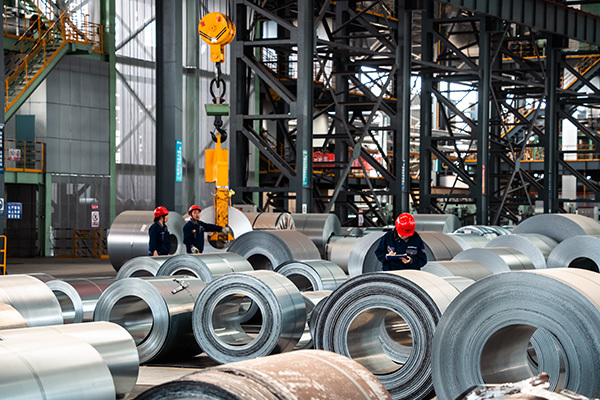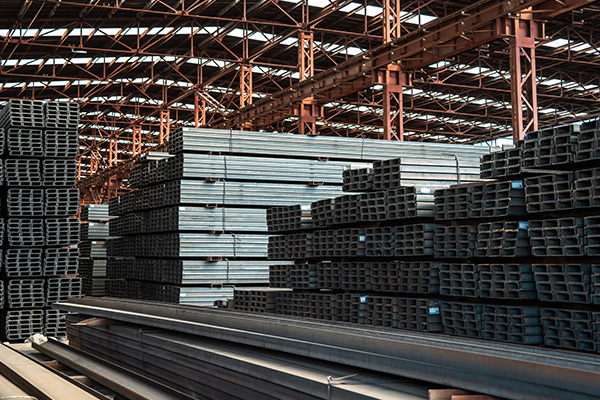Steel Pipes: Choosing Between Seamless and Welded
A seamless steel pipe has no seams, as the name indicates and produced via hot rolling and cold rolling.
A welded pipe, on the other hand, is made by rolling of a steel coil to the required gauge thickness, a manufacturing procedure that leaves a seam on the pipe's body. Cutting the seams to the width that corresponds to the size of the pipe to be constructed is the next phase.
Electric Resistance Welded (ERW), Spiral Submerged Arc-Welding Pipe (SSAW), and Longitudinal Submerged Arc-Welding Pipe (LSAW) represent distinct forms of welded steel pipes. Each of these types undergoes manufacturing processes that differ significantly from one another.
The majority of the world's steel production is utilized in constructing buildings, bridges, and various infrastructure elements, taking the form of beams, pipes, and foundation pilings. Steel's strength enables the construction of tall structures, capable of withstanding the pressures exerted by their own weight.
In addition to the quality of the steel itself, architects and contractors must carefully consider the type of steel pipes best suited for their projects. For instance, bridge foundations must withstand diverse environmental challenges such as earthquakes, ship collisions, and strong currents.
In such scenarios, does the choice between seamless or welded pipes matter? Let's delve into the differences to find out.
RELATED INFORMATION
Why Corrugated Steel Roofing is so Popular
2025-04-02
Rebar prices are expected to continue the trend of wide range oscillation
2025-04-02
Japan's steel exports fell 1.1% year-on-year in September 2024
2025-04-02






